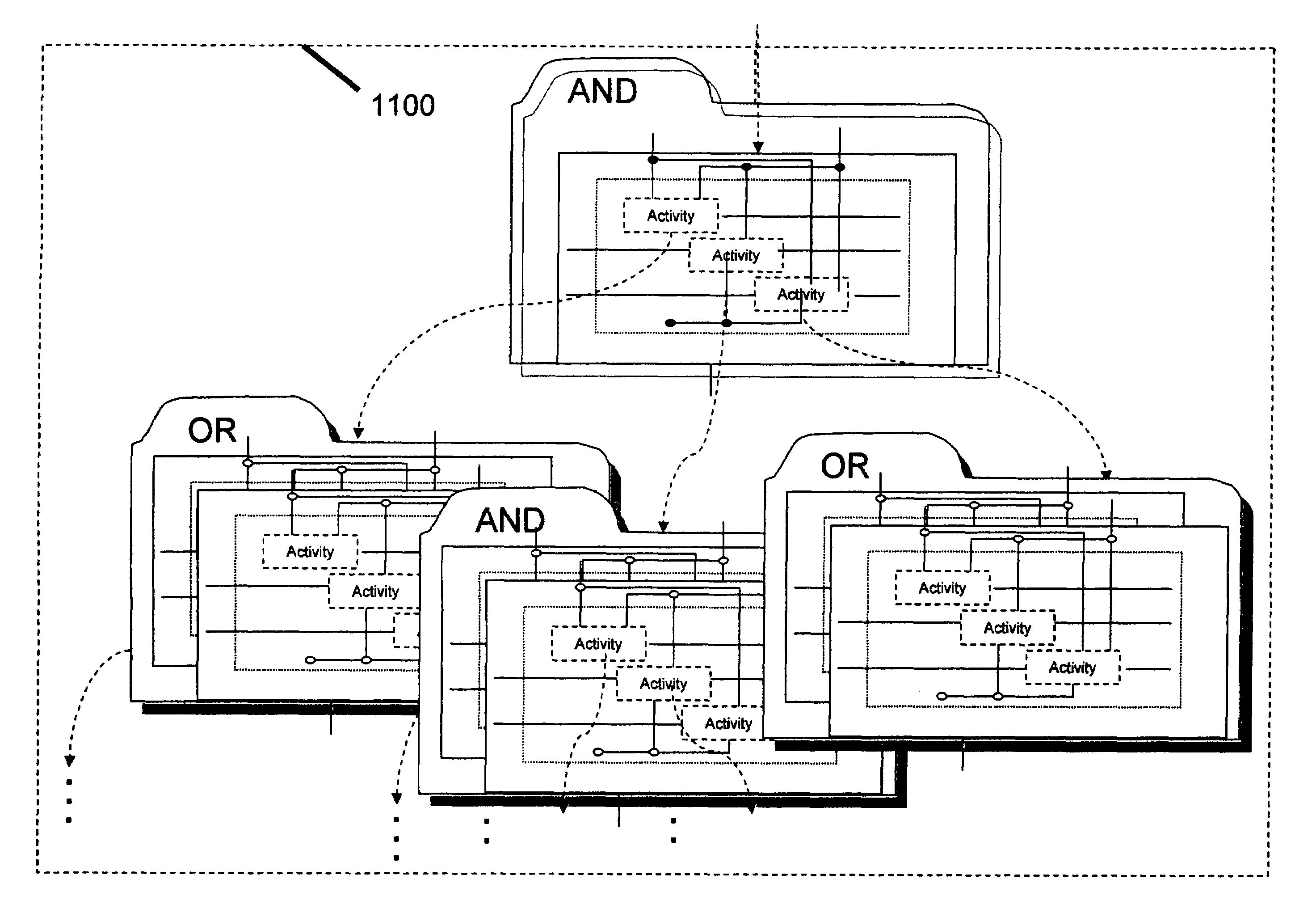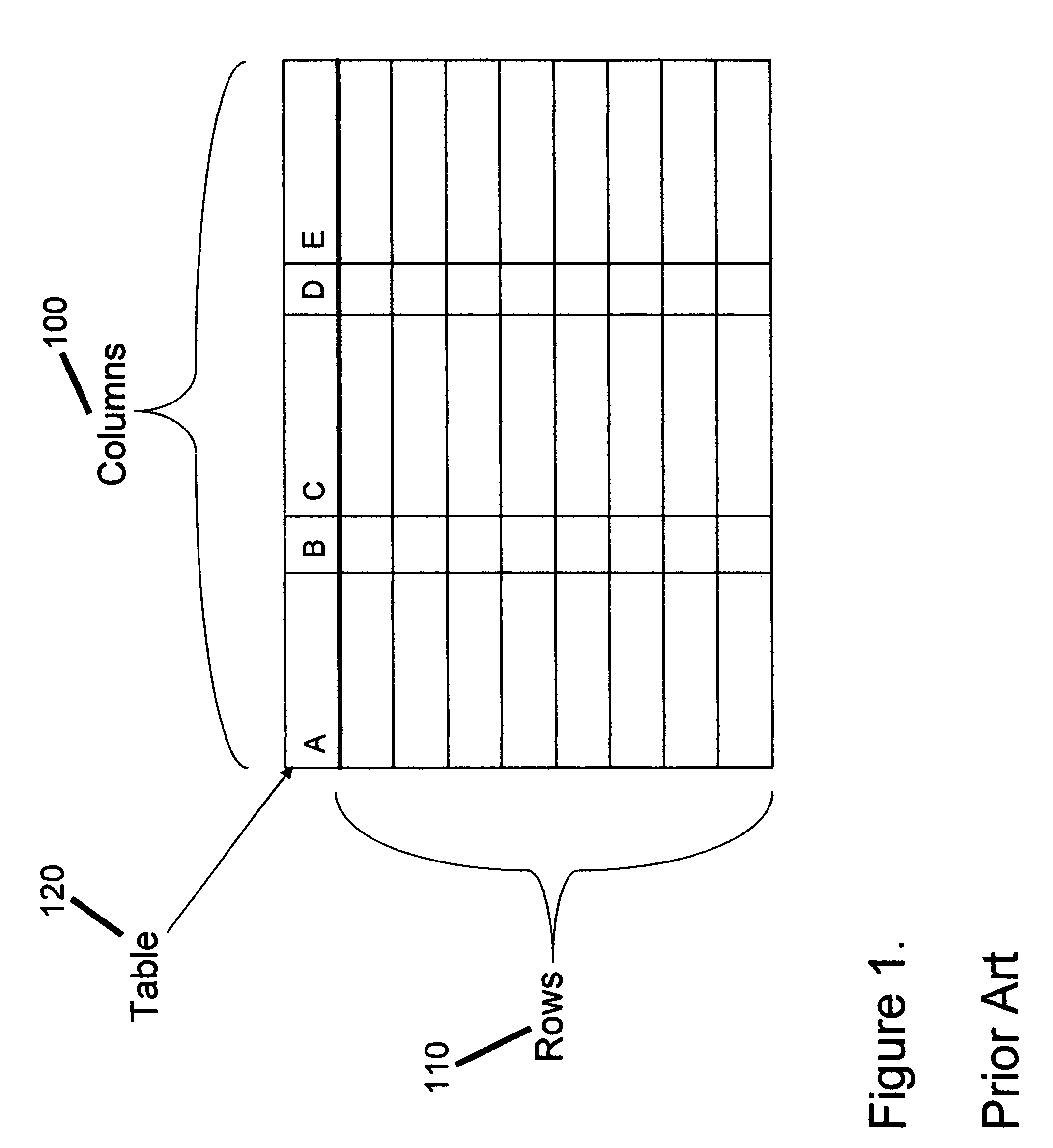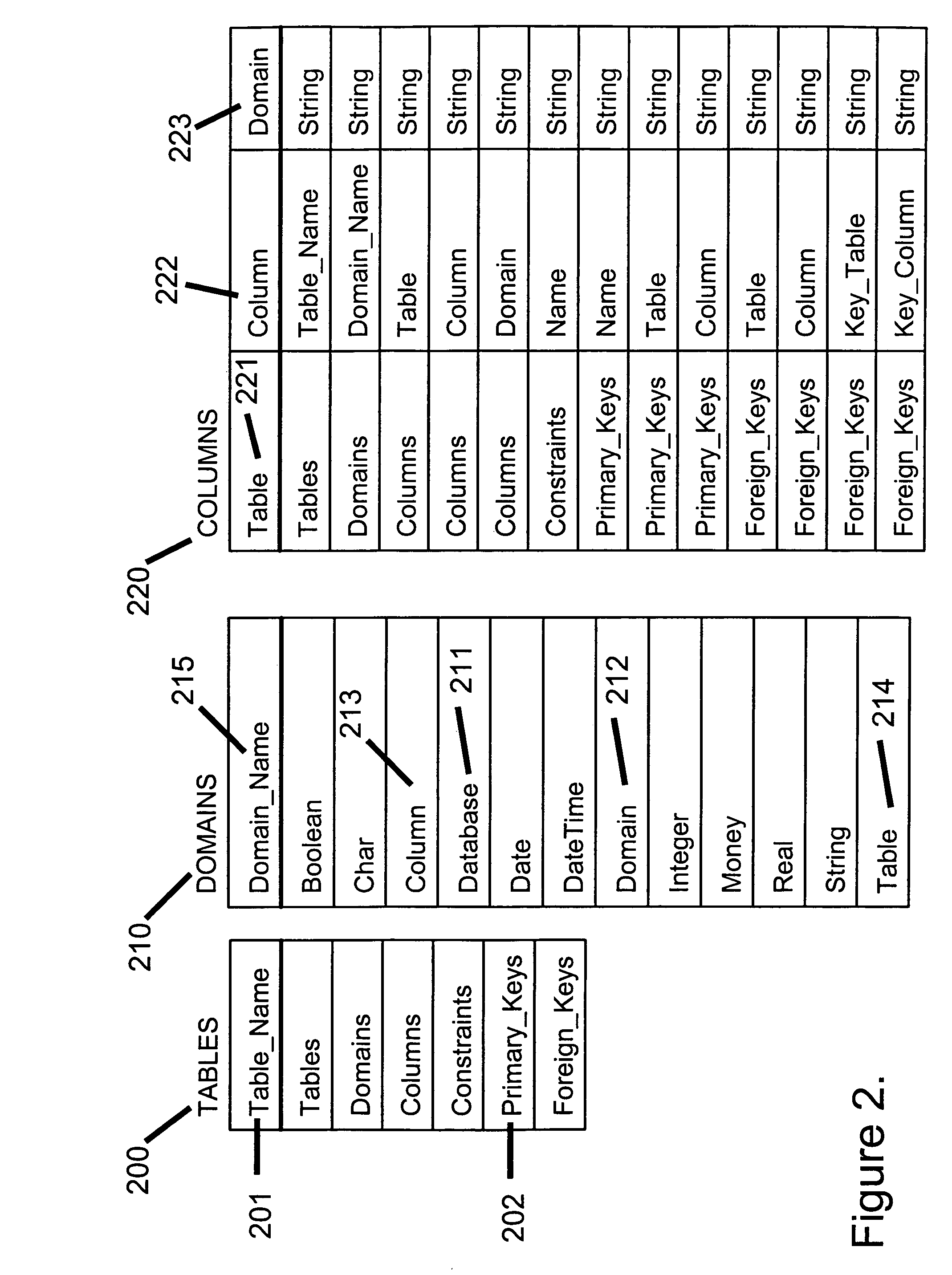Organizing structured and unstructured database columns using corpus analysis and context modeling to extract knowledge from linguistic phrases in the database
a database and database column technology, applied in relational databases, database models, instruments, etc., can solve the problems of no effective, practical methods, no tools capable of organizing the many layers of context, and no functions that can provide even modest linguistic competence at this task, so as to achieve a high level of linguistic competence, greater feedback, and the effect of greater understanding
- Summary
- Abstract
- Description
- Claims
- Application Information
AI Technical Summary
Benefits of technology
Problems solved by technology
Method used
Image
Examples
Embodiment Construction
[0063]Further features and advantages of the invention, as well as the structure and operation of various embodiments of the invention, are described in detail below with reference to the accompanying FIGS. 1–24, wherein like reference numerals refer to like elements. The embodiments of the invention are described in the context of medical records applications. Nonetheless, one of ordinary skill in the art readily recognizes that many applications can benefit from the method disclosed herein. These include, but are not limited to, the following:
[0064]a medical records database;
[0065]a work flow database;
[0066]a quality assurance database;
[0067]a database containing both structured and unstructured columns;
[0068]information retrieval;
[0069]question answering systems;
[0070]language capable interactive robots;
[0071]language capable interactive appliances;
[0072]language capable interactive vehicles;
[0073]linguistically competent speech recognition;
[0074]speech understanding;
[0075]corpus...
PUM
 Login to View More
Login to View More Abstract
Description
Claims
Application Information
 Login to View More
Login to View More - R&D
- Intellectual Property
- Life Sciences
- Materials
- Tech Scout
- Unparalleled Data Quality
- Higher Quality Content
- 60% Fewer Hallucinations
Browse by: Latest US Patents, China's latest patents, Technical Efficacy Thesaurus, Application Domain, Technology Topic, Popular Technical Reports.
© 2025 PatSnap. All rights reserved.Legal|Privacy policy|Modern Slavery Act Transparency Statement|Sitemap|About US| Contact US: help@patsnap.com



